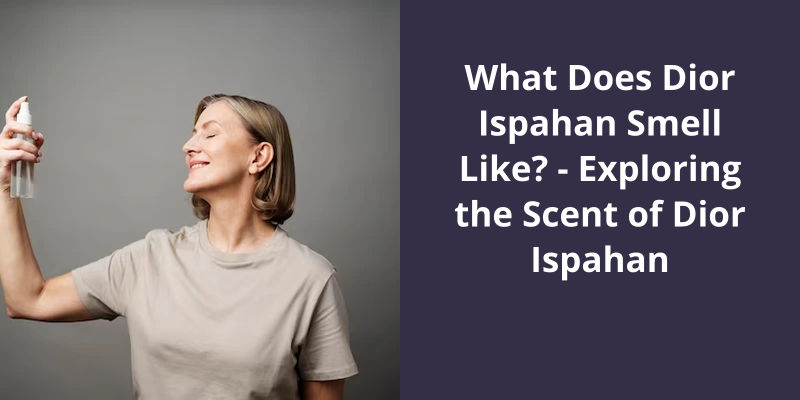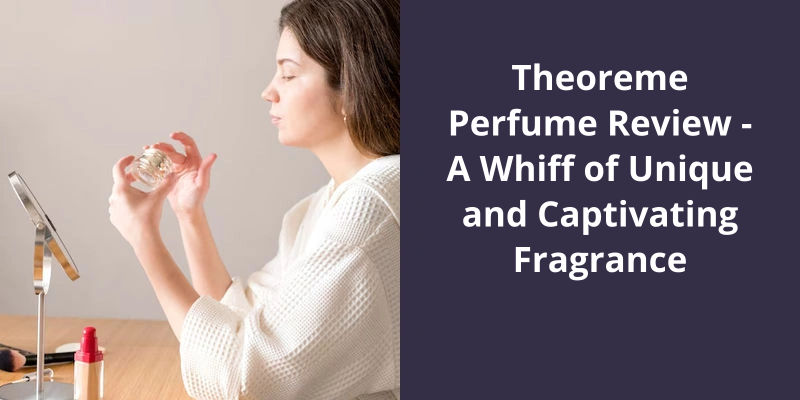White and Black Oudh are both varieties of agarwood, a luxurious ingredient used in developing fragrances. The primary difference lies in their scent profiles and extraction process. White Oudh, also known as “Oud Safi”, is often less potent and has a softer, more floral, and citrus-like scent. This comes about due to its extraction process taken from fungal infections in very old Agar trees. On the other hand, Black Oudh, also known as “Oud Hindi”, is darker and has a stronger, more intense aroma with rich woody, smoky, and leathery nuances. This is because it’s extracted from Agar trees that have been infected for a longer period, leading to a deeper resin concentration. They are both known for their enduring scent but vary in intensity and flavor due to the disparity in the extraction process and aging duration.

Is White Oudh Good?
White oudh is highly valued in the perfume industry due to it’s unique and mesmerizing aroma. It’s highly admired for it’s excellent cooling properties that make it an ideal choice for different types of perfumes. The oil is typically found in the North-Eastern region of India, particularly Assam, where it’s extracted from the wood of agar trees.
The oudh oil, also commonly referred to as agarwood oil, is a highly prized product primarily used in creating high-end fragrances. It’s extracted from the heartwood of agar trees, which typically grow in South-East Asia and the Middle East.
It’s highly sought after and used only in the finest perfumes. When used correctly, the oil adds depth, sophistication and a touch of luxury to any perfume blend. As a result, it’s become a staple ingredient in perfumes worldwide, popularized even in the West as a sign of luxury.
What Are the Benefits of Using White Oudh in Perfumes Compared to Other Fragrances?
White oudh is a rare and highly prized fragrance ingredient that’s been used in perfumes for centuries. Unlike other fragrances, white oudh has a woody and musky scent that’s both exotic and enticing. It’s known for it’s ability to add depth and complexity to the scent, and is often used as a base note in perfumes. Additionally, white oudh is also believed to have a calming effect, making it a popular choice for use in aromatherapy and other wellness products.
The mystical and alluring fragrance of agarwood has been revered across cultures and religions for centuries. In recent times, a variant of this resin known as white Oudh has gained popularity among perfume connoisseurs and fragrance enthusiasts. But what exactly is white Oudh, and what sets it apart from it’s traditional counterpart? Let’s delve deeper into the world of Oudh and explore the nuances of this fascinating fragrance.
What Is the Meaning of White Oudh?
Agarwood, also known as oud or agar, is a rare and highly sought after resin that’s derived from the Aquilaria tree. The resin is formed when the tree is damaged or infected, and it develops a deep and complex scent that’s been used for thousands of years for medicinal and spiritual purposes. In ancient times, agarwood was considered to be so valuable that it was traded along the Spice Route in exchange for gold and precious stones.
In recent years, white oudh has become a popular variation of this ancient resin, prized for it’s unique fragrance and subtle yet powerful effects. White oudh is named for it’s light color, which is achieved through a distillation process that separates the resin from it’s natural dark pigments. The result is a resin that retains the rich aroma and therapeutic properties of agarwood, but with a more delicate and refined scent.
Generally, it’s a woody, balsamic scent with hints of floral and spice notes. Some people describe the aroma as warm, sensual, and deeply comforting, while others find it to be uplifting and energizing. Regardless of individual perceptions, white oudh is widely regarded as an intriguing and captivating scent that appeals to both men and women.
In addition to it’s pleasing aroma, white oudh is believed to have a range of healing and spiritual benefits. In traditional Ayurvedic medicine, agarwood is used to treat a variety of ailments, including respiratory problems, digestive issues, and skin conditions. It’s also believed to have powerful antioxidant and anti-inflammatory properties, making it beneficial for overall health and wellness.
How Is White Oudh Used in Traditional and Contemporary Perfumery?
- White oudh is used as a base note in traditional and contemporary perfumery.
- It adds a woody and balsamic fragrance to perfumes.
- It’s commonly used in Arabian perfumes and can be blended with other scents like rose, jasmine, and sandalwood.
- White oudh oil is highly valued and expensive due to it’s rarity and the amount of processing required to extract it from the wood.
- It’s believed to have many benefits including improving focus, reducing stress, and boosting confidence.
- White oudh is also used in skin care products for it’s antibacterial and anti-inflammatory properties.
- In contemporary perfumery, white oudh is often featured in unisex and niche fragrances.
- Some popular perfumes that feature white oudh include Tom Ford’s Oud Wood, Christian Dior’s Leather Oud, and Yves Saint Laurent’s M7.
Source: White Oudh – Ayu
Conclusion
In conclusion, it’s clear that there are distinct differences between the scents of white oud and black oud. The addition of saffron helps to balance out the composition, resulting in a lighter fragrance overall. It’s fascinating to see how the same ingredient, oud, can be used in such different ways to create unique and complex scent profiles. It just goes to show that the possibilities of scent composition are truly endless.





